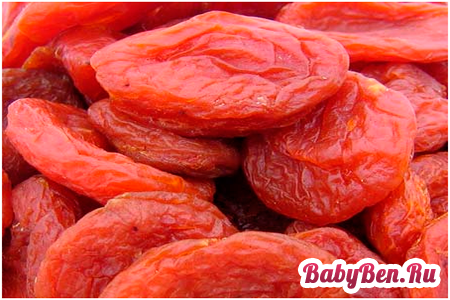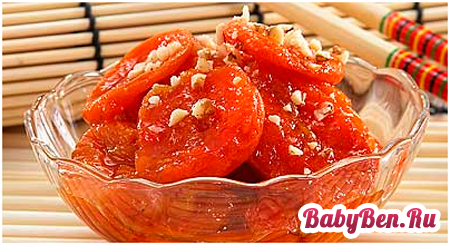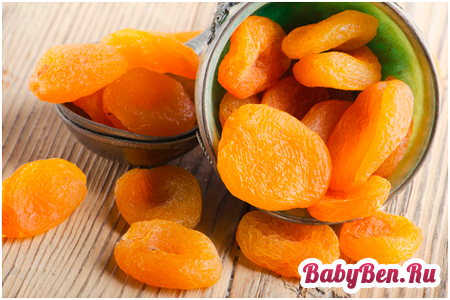
Among the most useful products are dried fruits. It also concerns dried apricots. Kuraga with breastfeeding is the most valuable product in the diet of each woman. However, everything is worth knowing the measure. It is worth lifying the main advantages of this product, as well as possible reactions and contraindications. 
The content of the article
What is the benefit of this product?
This dried fruit is endowed with a large number of trace elements. Kuraga with breastfeeding is very important, as it includes a large number of potassium in its composition. During breastfeeding, the woman's body needs this substance. Through its replenishment in the body occurs:
- elimination of excess fluid from the body;
- pressure normalization;
- stimulation of the nervous system;
- stimulation of muscle work;
- prevention of constipation;
- normalization of kidney work.
Especially useful to use dried apricots in the form of a broth with breastfeeding. After delivery, this product is a powerful tool to restore forces.
In dried apricots, there is also a number of magnesium and calcium, which also has a beneficial effect on the body during breastfeeding. 
Contraindications and restrictions in the use of drying of apricot
Despite all the value and benefits of this product, some existing restrictions should be known:
- This dried fruit is not recommended too often used under reduced pressure. For daytime diet, 50 g of delicacy is enough. Also for those who are experiencing allergic reactions to apricots, peaches, sea buckthorn (including any flowering of these plants), this dried fruit is not recommended.
- It is necessary to follow the reactions of the child for this fruit. Approximately three months the body of the baby begins to produce some durability, but still use dried fruit needs to begin in small quantities, while not forgetting to watch the child.
- With a lot of use kuragi with breastfeeding The child may have problems with digestion in the form of colic and gases. In this case, it is worth limking to the use of dried apricots and include only decoction and dried dried in the diet.

What fruit is suitable for use?
Before buying a kuraga in the store, it is worth carefully look at her appearance. In case the product has too bright color and glitters a little, then this is a sign that it is processed by a chemical preparation and is not suitable for use. The color for the dried apricot of good quality varies from pale yellow to grayish-brown. The taste properties of such a kuragi will be pronounced. Through the natural drying there will be little liquid in it.
In the event that I had to still buy a kuragu, which was subjected to chemical treatments, it is necessary, first of all, to rinse it carefully and pour boiling water for 15-20 minutes. After that, drain the water, rinse a little again and only then eat.

